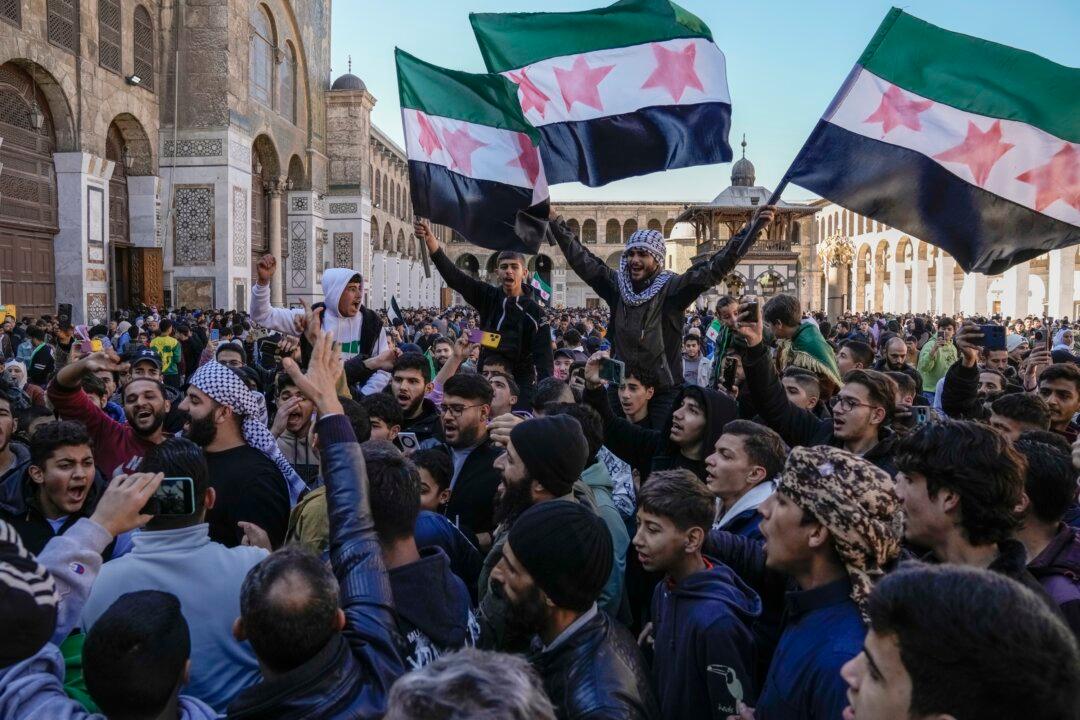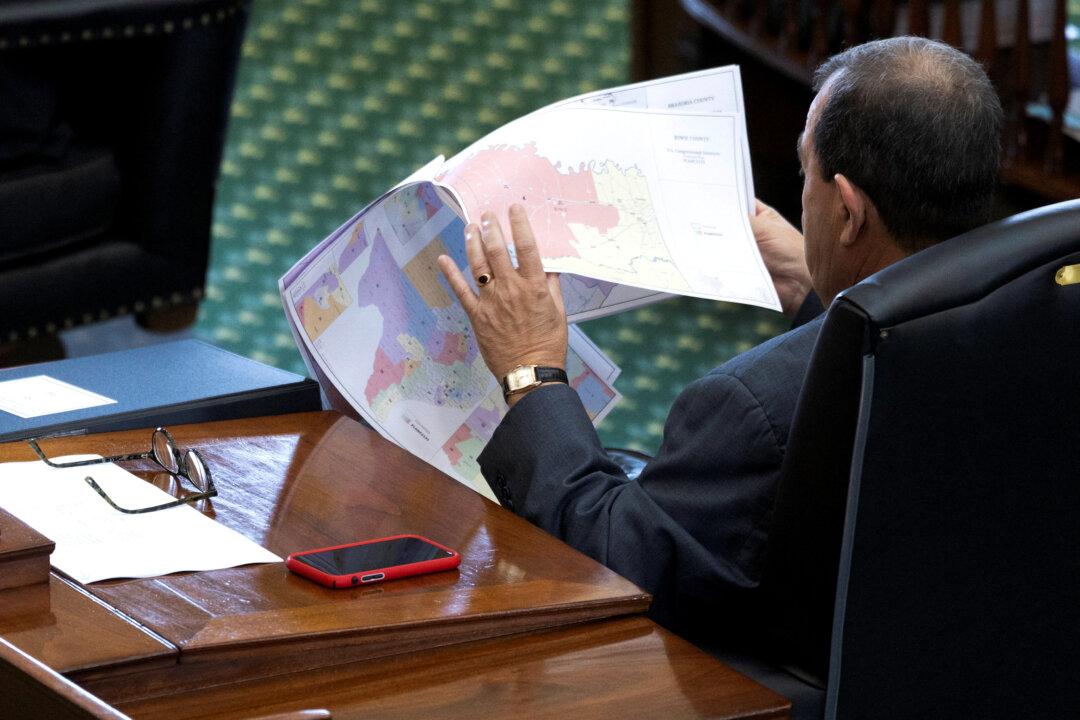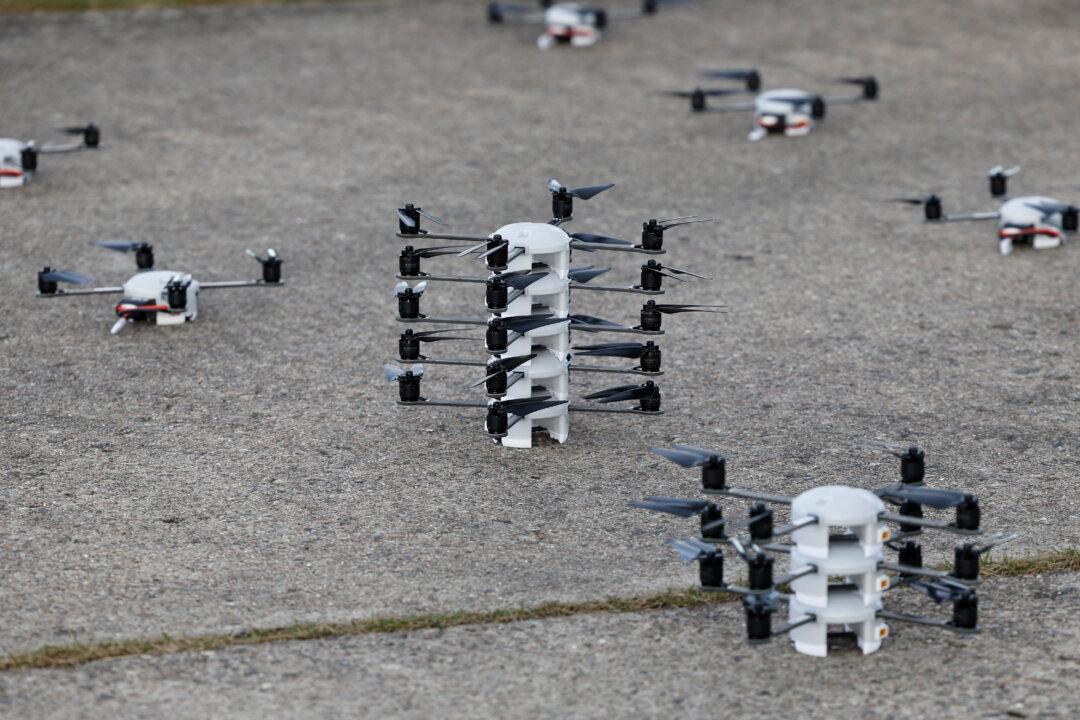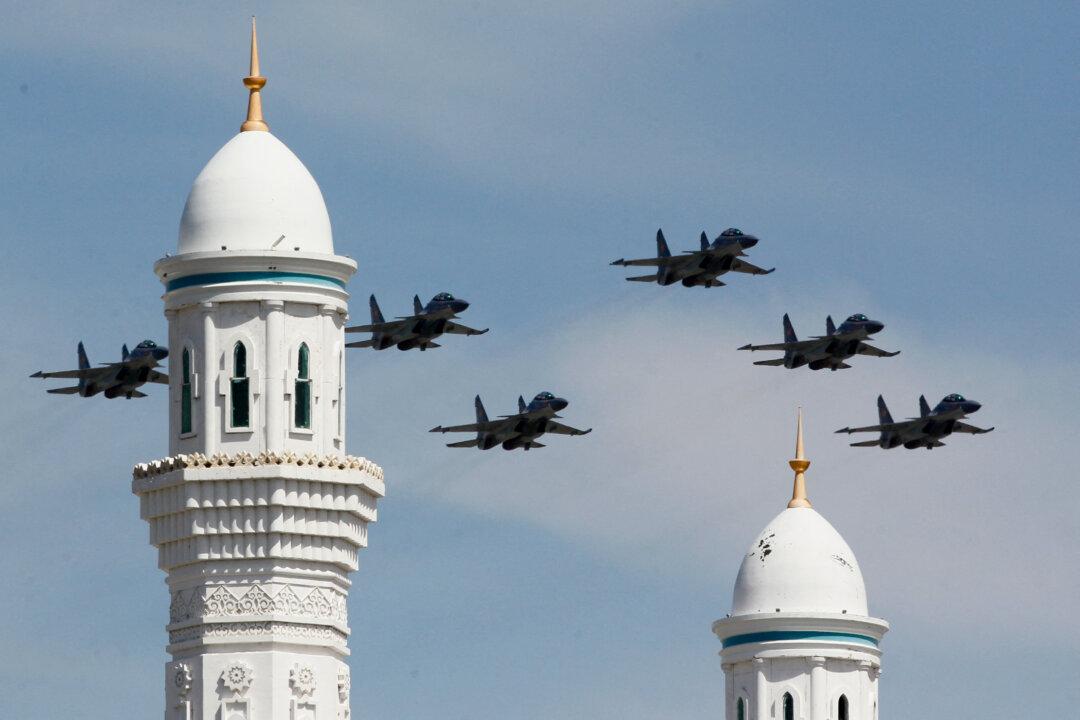Commentary
We’ll begin with the latest developments in Syria, a region that’s seen more than its fair share of turmoil and competing powers. Then, we’ll broaden the lens, examining other examples from history and recent events to see how power vacuums play out in the Middle East and globally and, most importantly, what they mean for national security, global business, and individual lives.





